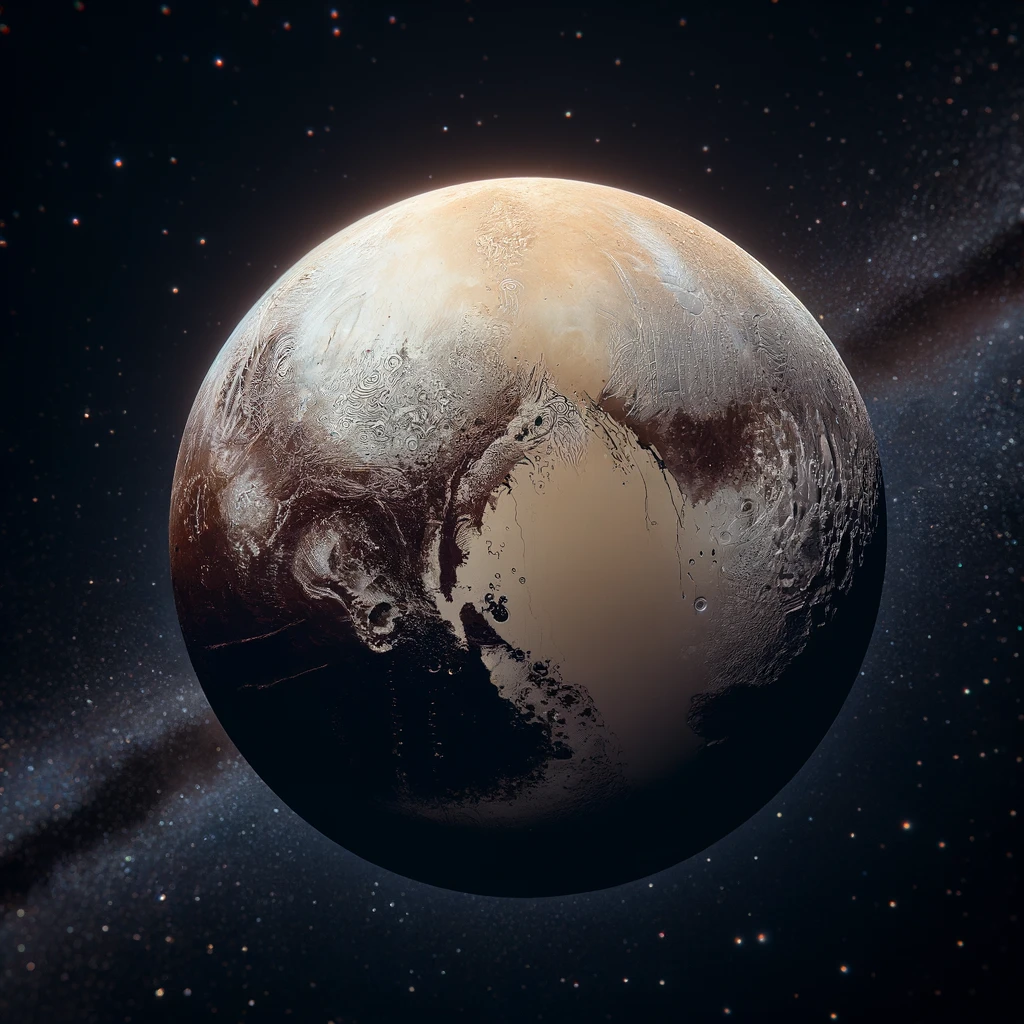Researchers decode how Pluto got a giant heart

An international team of astrophysicists led by the University of Bern and members of the National Center of Competence in Research (NCCR) PlanetS have finally solved the mystery behind the giant heart-shaped feature on Pluto's surface.
The heart, also known as the Tombaugh Regio, was discovered in 2015.
Using numerical simulations, the team investigated the origins of Sputnik Planitia, the western teardrop-shaped part of Pluto's heart and found that this distinctive part was formed by a cataclysmic impact with a planetary body approximately 700 km in diameter - about twice the size of Switzerland. This event is believed to have shaped much of Pluto's early geological history.
"The bright appearance of Sputnik Planitia is due to it being predominantly filled with white nitrogen ice that moves and convects to constantly smooth out the surface. This nitrogen most likely accumulated quickly after the impact due to the lower altitude," explains Dr. Harry Ballantyne from the University of Bern, lead author of the study.
Dr. Martin Jutzi of the University of Bern, who initiated the study, highlighted that the elongated shape of Sputnik Planitia strongly suggests that the impact was not a direct head-on collision but rather an oblique one.
The study also challenges previous assumptions about Pluto's internal structure, suggesting that it does not harbor a subsurface ocean. Past theories suggested that Pluto, along with several other celestial bodies in the outer Solar System, had a subsurface liquid water ocean. This ocean, thought to be underneath the icy crust, was believed to be thicker at Sputnik Planitia, causing it to bulge due to the denser liquid water beneath.
"In our simulations, all of Pluto's primordial mantle is excavated by the impact, and as the impactor's core material splats onto Pluto's core, it creates a local mass excess that can explain the migration toward the equator without a subsurface ocean, or at most a very thin one," explains Martin Jutzi.
More details about this study can be found here.
- READ MORE ON:
- Pluto heart mystery
- Pluto
- solar system
- astronomy










